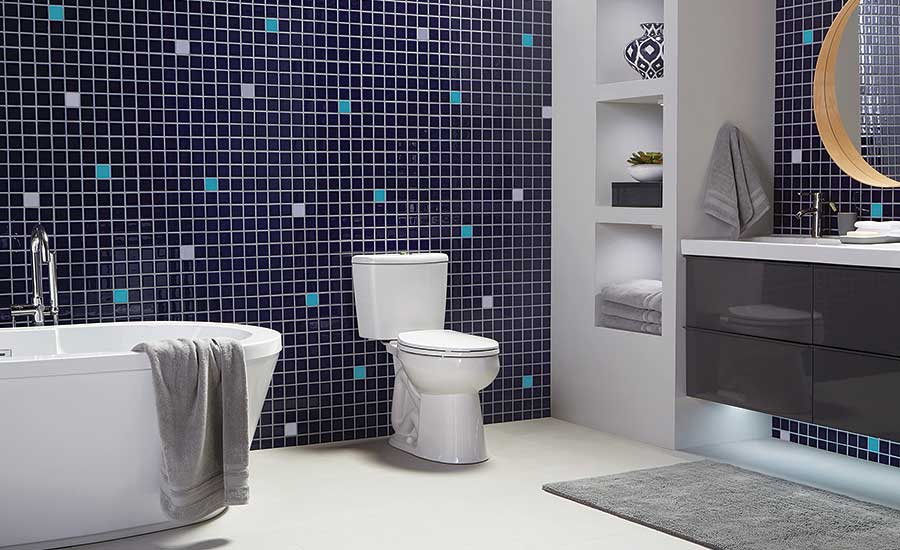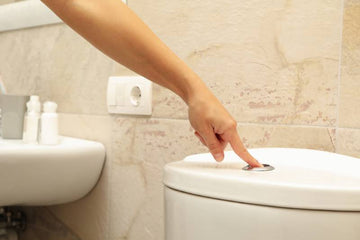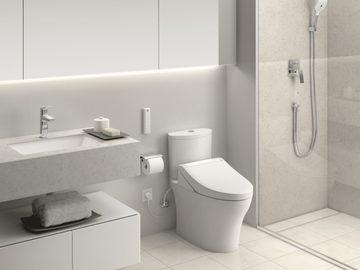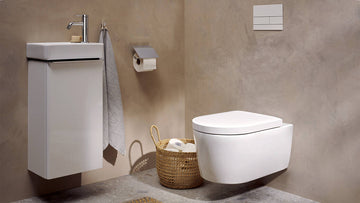In the modern era of environmental consciousness, the debate of water-saving toilets vs traditional toilets becomes a focal point not just for consumers but also for industry professionals and quality assurance experts. Both types of toilets fulfill fundamental roles in our homes, yet they vary dramatically in terms of water conservation, efficiency, and long-term cost benefits. This article dives into the differences, benefits, and potential drawbacks of each, aiming to provide an in-depth understanding to help industry QA professionals guide their projects or consumer recommendations more accurately.

Understanding Traditional Toilets
Traditional toilets have been the standard for decades, known for their reliable functionality. These systems usually consume a wider range of water per flush, typically using between three to seven gallons, making them less ideal for environmental conservation efforts. The basic mechanism is robust, but in todays age of dwindling resources, the model's inefficiency places them under scrutiny. Industry experts highlight that while they excel in practical usability, they often miss the mark on water conservation efficiency. Nevertheless, traditional toilets continue to persist due to their lower initial costs and wide availability.
The Rise of Water-Saving Toilets
In contrast, water-saving toilets, including dual-flush and low-flow models, are designed to significantly reduce water usage without compromising performance. According to *EPA's WaterSense program*, toilets that qualify must use 1.28 gallons per flush (GPF) or less, which is a significant reduction compared to traditional models. This efficiency not only supports green initiatives but also translates into lower water bills for users.
These toilets are increasingly popular in both residential and commercial constructions due to their dual-flush technology, which offers a half-flush option for liquid waste, minimizing water usage drastically. For an in-depth look at dual-flush models, take a look at our analysis titled Dual-flush Toilets.
Comparative Analysis: Costs and Benefits
In terms of cost, traditional toilets may be less expensive up-front but lead to higher water bills and potential restrictions in areas with water conservation laws. In contrast, while water-saving toilets can be pricier initially, they often qualify for rebates and incentives that can offset the additional expense. An article on cost comparison provides detailed insight into potential long-term savings.
An analysis from Ressler & Mateer shows that investing in water-efficient toilets results in a return that compounds over time, a crucial consideration for QA professionals advising on project specifications.
Installation Implications
The installation of water-saving toilets might require new skills or different parts than traditional installations. Industry QA experts must consider factors like current plumbing infrastructure, which may need modification when transitioning to these eco-friendly models. For detailed guidance on installing these systems, there are resources available such as this installation guide.
Industry Impact and Environmental Considerations
The shift towards water-saving toilets is not just a consumer trend; it reflects broader industry shifts towards sustainability and resource management. Given the importance of reducing our environmental impact, these models play a crucial role in building codes and green certifications, weighing heavily in decisions made by QA professionals involved in these sectors.
Furthermore, for businesses looking to adapt to these eco-friendly propositions, our article Choosing the Right Toilet provides an excellent starting point.
Water Efficiency and Performance
Ultimately, regarding performance efficiency, modern water-saving toilets are designed to function optimally with significantly reduced water impact. As noted in articles like Flush Facts Vs. Fiction, these systems are not only practical but sustainable, effectively balancing user comfort and ecological benefits.
Conclusion
Choosing between water-saving toilets vs traditional toilets truly depends on your environmental ethos, budget considerations, and specific use cases. For industry QA professionals, recognizing the nuances of each type and remaining informed on the regulatory standards becomes central to ensuring project success and satisfaction. As the demand for eco-friendly solutions increases, empowering clients and projects with sustainable toilet solutions isn't just forward-thinkingit's becoming the industry standard.

FAQs
1. Do water-saving toilets really save money in the long run?
Yes, despite higher initial costs, water-saving toilets can lead to substantial water bill reductions over time, often outstripping the initial cost through savings.
2. Are there any operational compromises with water-saving toilets?
No, modern water-saving toilets are designed for optimal performance and do not compromise on functionality despite using significantly less water.
3. Is the installation of water-saving toilets complicated?
While installation may be different from traditional models, they are not necessarily more complicated, especially when guided by professional installation references.






